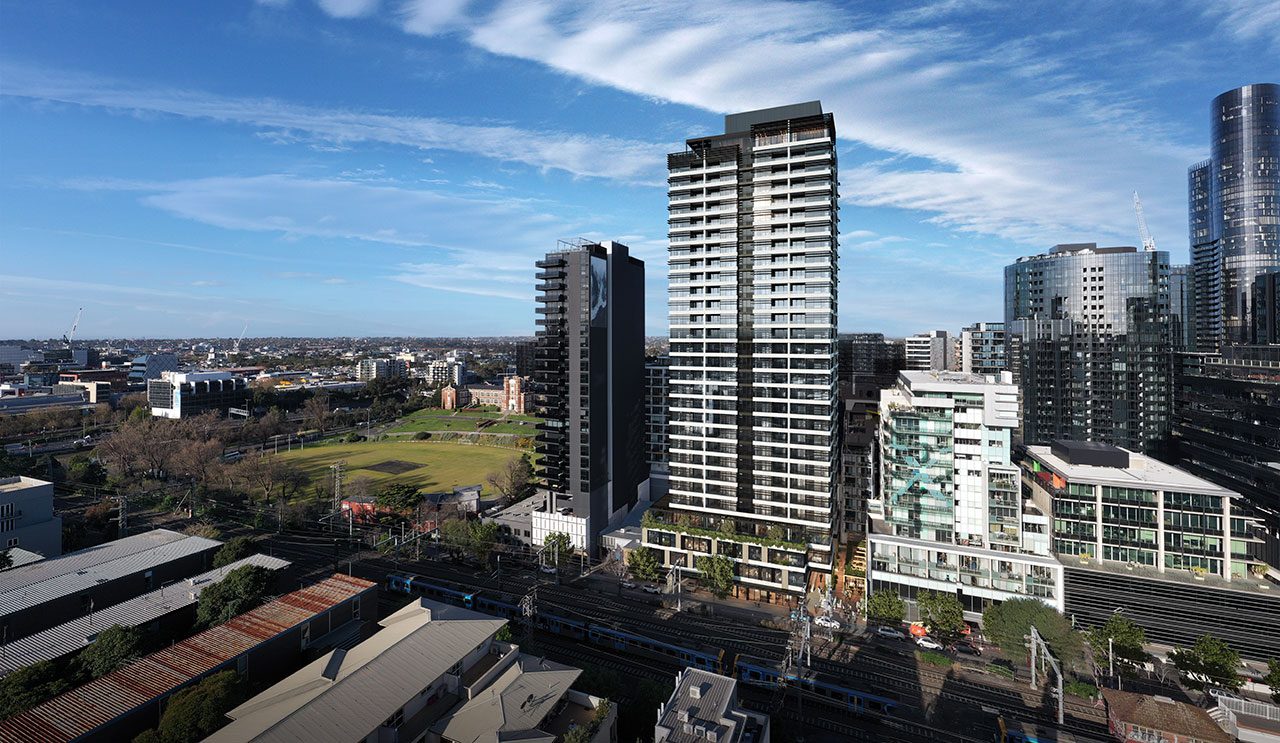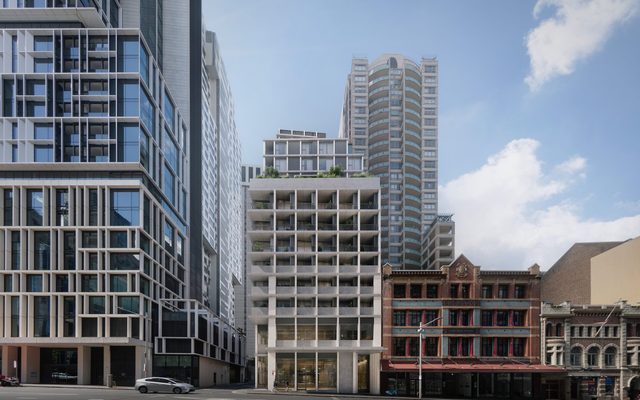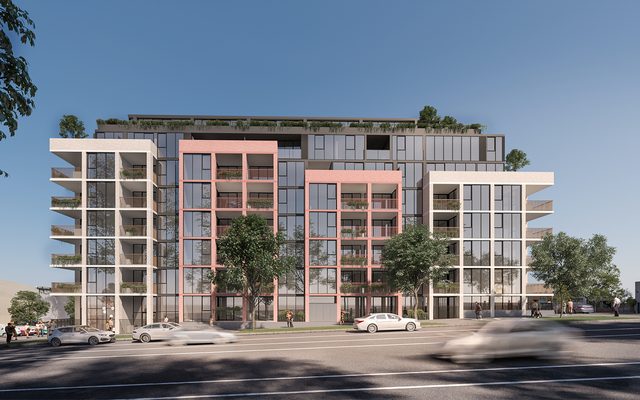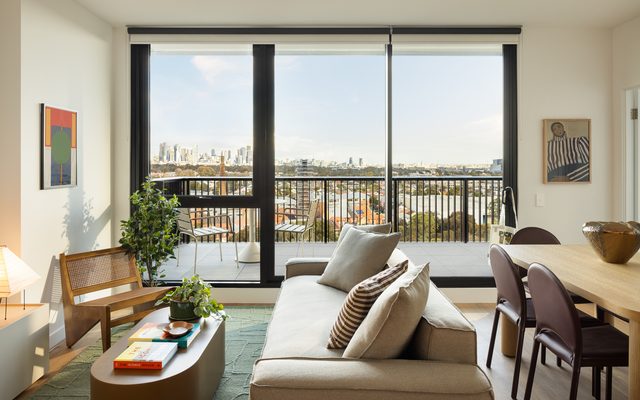This article is from the Australian Property Journal archive
BRINGING the tax policy for managed investment trusts in line with other institutional asset classes could help inject up to 350,000 new build-to-rent apartments to Australia’s housing supply.
According to a new study by EY, commissioned by the Property Council of Australia, if the managed investment trust withholding tax was halved to 15%, in line with other property asset classes, three times as many build-to-rent projects would go ahead resulting in 150,000 new rental homes over the decade.
While the Australian government would also receive a 30 per cent increase in tax receipts over a 10-year period.
“With a 79,300-home deficit to 2033, Australia needs better planning, more land supply, proper housing targets and a national strategy on build-to-rent and purpose-built student accommodation,” said Mike Zorbas, chief executive at the Property Council of Australia.
“The potential to create 150,000 homes over the next 10 years with just one asset class shows build-to-rent is about as close to a housing policy silver bullet as they come.
Australia’s build-to-rent market is still relatively new and small, with the sector currently worth $16.87 billion, or 0.2% of the total value of the residential housing sector, with only 11 operating build-to-rent projects, with a further 72 projects in the pipeline.
“Australia is grappling with a worsening housing affordability crisis where state governments miss their housing targets and planning systems fail to keep up,” added Zorbas.
“To offer more housing choices and affordable options to Australians, we need to tap into institutional investment in build-to-rent housing from Australia and abroad.”
The report revealed that the sector growing to just 3% of Australia’s residential stock could bring it up to $290 billion, which could see the creation of up to 350,000 new apartments in an optimistic scenario.
“More supply means downward pressure on the cost of renting and buying, and people who live in build-to-rent housing will enjoy the benefits of professionally managed properties, good locations, superior amenities and long-term security of tenure,” said Zorba.
According to a recent JLL report, BTR developers they still have a significant competitive advantage over BTS developers in not having a lengthy selling period where construction and finance costs are not locked in, despite other challenges such as increased construction and finance costs.
Meanwhile, in the US there are more than 20 million build-to-rent housing units, or 12% of the country’s total housing stock.
With the UK’s build-to-rent sector having grown from 47,000 units in 2016 to over 240,000 in 2022.
“The growth of build-to-rent in the UK and US has been strongly supported by governments at all levels welcoming institutional investment,” added Zorbas.
The report made five recommendations including a 15% managed investment trust withholding tax rate for foreign investors; a 10% rate for affordable housing; allowing institutions to claim GST; promoting the sector; and addressing the regulatory barriers for domestic superfund investors.
“To accomplish the ambitious goals established in the national Housing Accord, the government needs to level the build-to-rent investment playing field in the May 2023 Budget,” concluded Zorbas.
Ahead of the upcoming Budget, other submissions from the industry, include HIA’s urging for the government to develop a skilled migration visa that will address the trade labour shortage across residential building.




